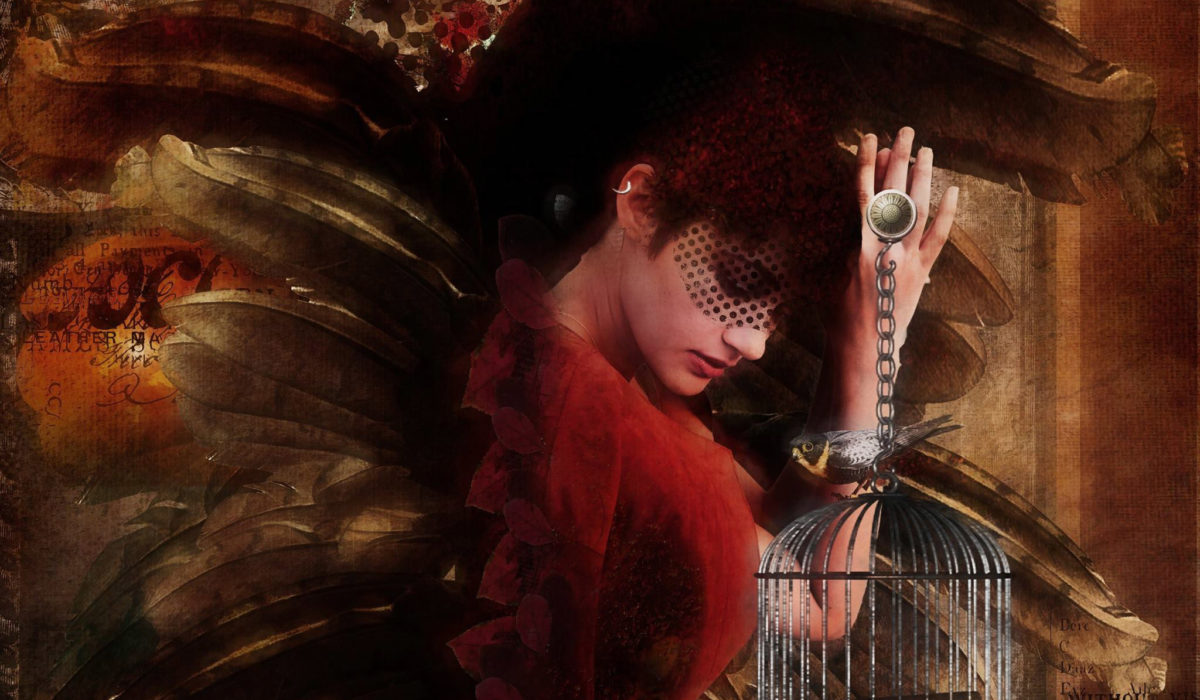— Photography tends to be full of too many “shoulds.” Especially for amateurs eager to get good at using their new DSLR cameras. What lens should I use? What f-stop should I be at? What should I set my ISO to? How fast should my shutter speed be? And should I be shooting in RAW? Or if JPG, should I stick with auto white balance? Should I be shooting in manual mode, and should I be focusing manually? And what should I do about that backlight?
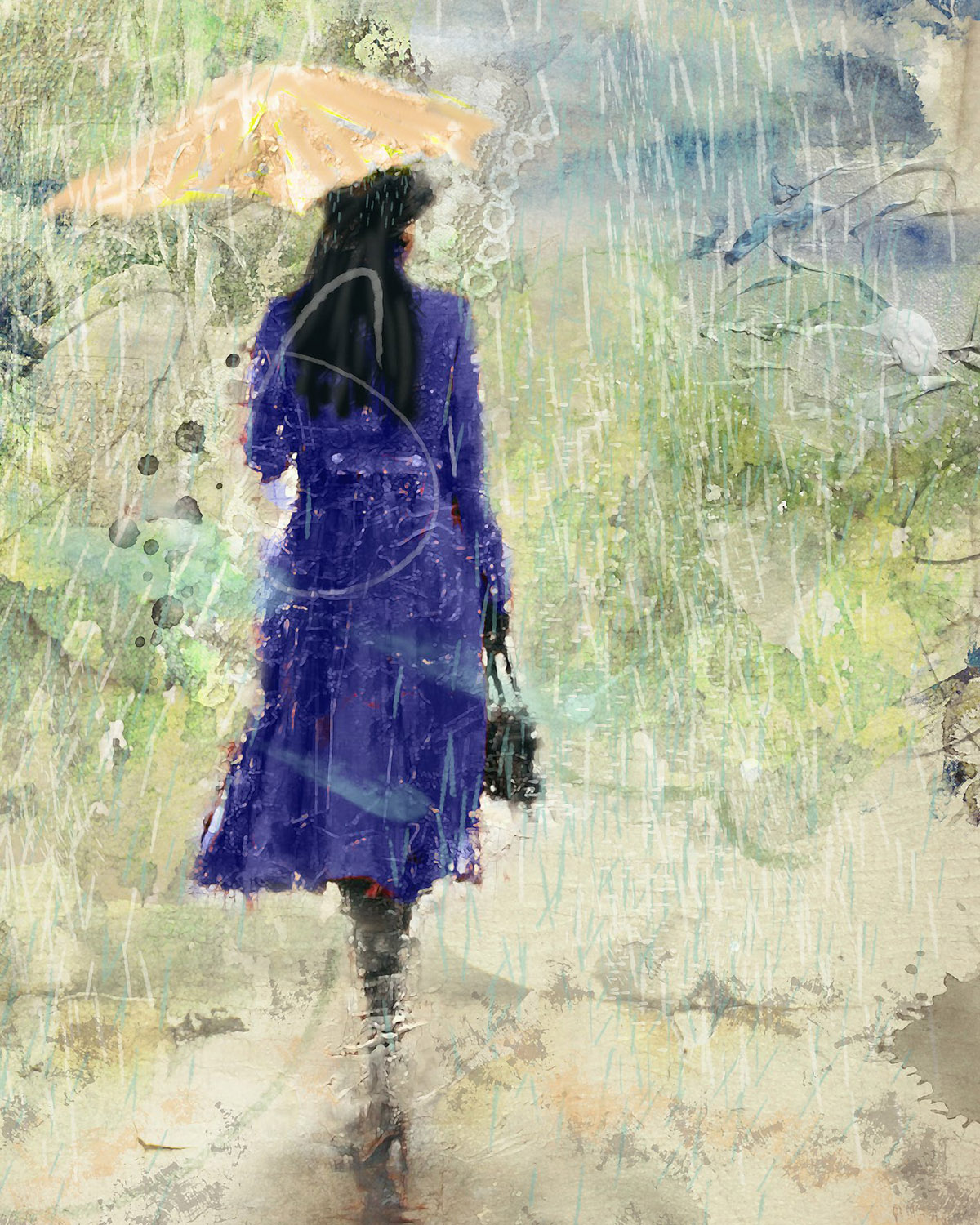
That’s all normal and to be expected when you first start out. You’ve obviously gotta learn how to use your camera. And it helps to know the “rules” if you’re to then set about creatively breaking them.
But one of the things I love so much about photo artistry is its near complete disregard of rules, it’s near total abandonment of “shoulds.”
When you dive into the realm of Photoshop and begin to experience the infinite artistic possibilities it opens up to you, very soon you realize just how irrelevant all the old rules actually are.
In fact, the images you choose to employ (much less how they were originally captured) begin to mean little.
More important is what you elect to now DO with them.
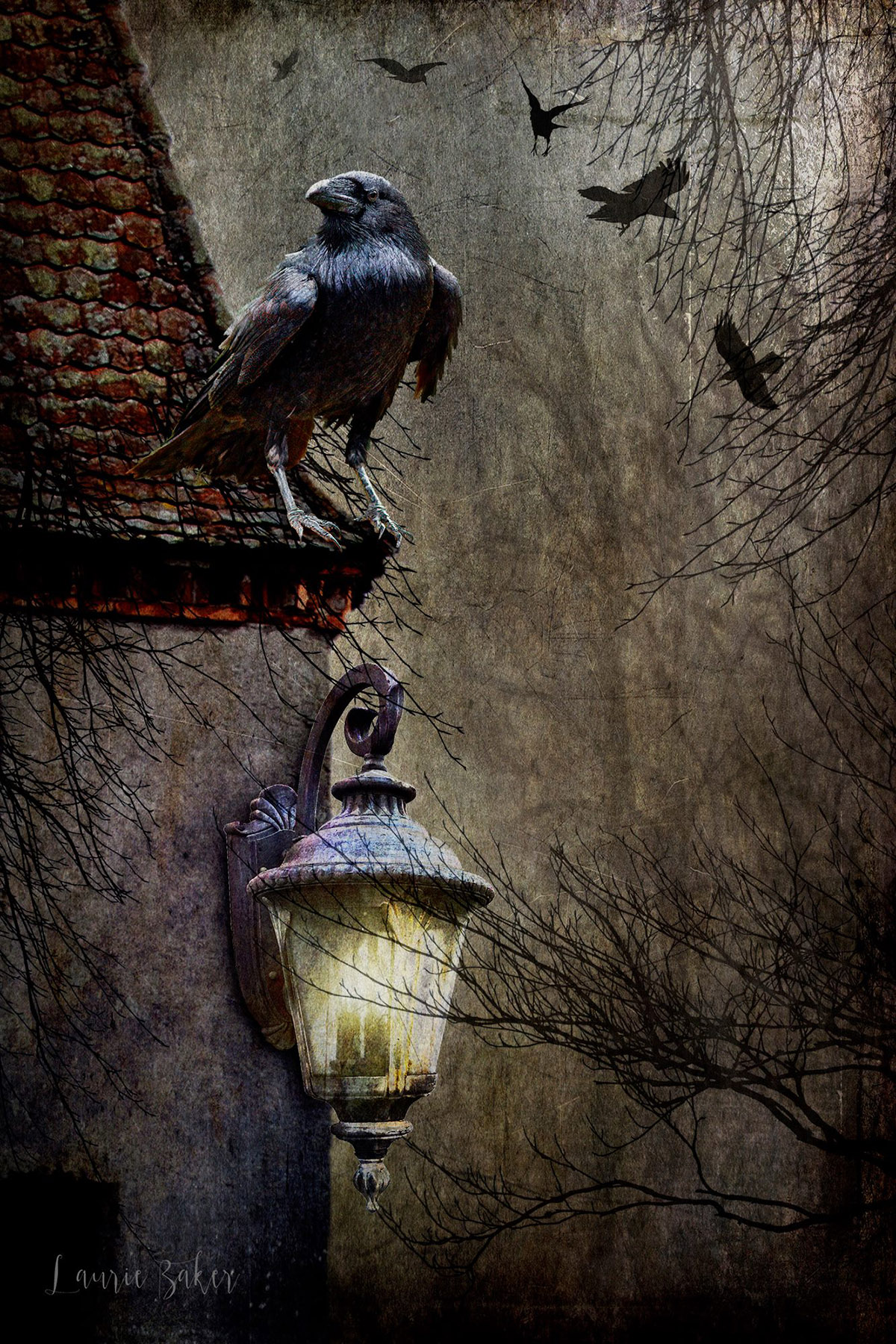
Within our advanced group (“AWAKE: Living the Photo Artistic Life”), not only do we get to experience this first-hand through the tremendous range of professional compositions making up part of the training (pro compositions in all manner of styles, broken down element by element, layer by layer, technique by technique), but we also — and I think this is just as important — get to witness the endless stream of original work being shared and discussed within our private Facebook groups.
Because the range of work is simply staggering.
Some of the compositions end up in our magazine each month. You get to see those. And while this makes up only a fraction of what we see coming through the group, even this published sampling should give you an idea of just how vast and expansive this world of photo artistry can be.
And I tell you: It is a world in which “should” has no place.
It is an Alice in Wonderland world, really.
And cameras are kind of funny here.
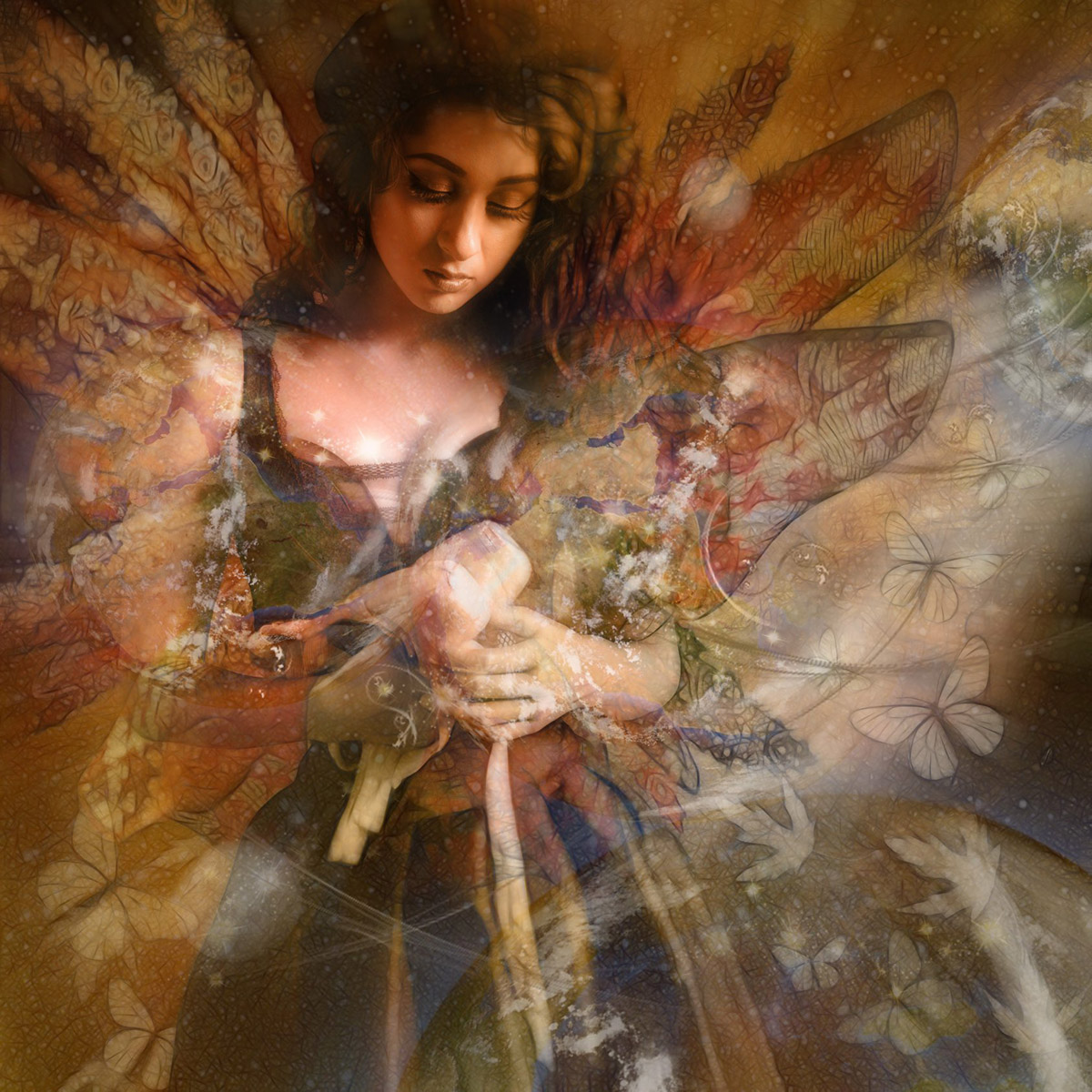
For one, they often seem to capture images no sane photographer would ever think to capture. The subjects chosen, the angles from which they’re shot, the settings employed — it’s all a kind of alchemy . . . and we won’t know what we really have until later, when we bring the images into Photoshop.
And once in Photoshop, all bets are off. There’s no telling what’s going to happen here.
Which is what makes it all so exciting.
This is where the creativity and magic really come out. This is where the sparks (and the paint) start to fly.
This is where we substitute cauldron and wand for the old developer’s bath . . . and conjure forth from the depths of imagination and craft something the world has never yet seen.
Sorcery such as this has no rules.
Taking up a camera, unlike all the well-behaved photographers of the world, a true photo artist will strive to create something original and creative with his images — something unique, something meaningful, or let’s face it, something just plain cool — freely employing or breaking “the rules” as necessary.
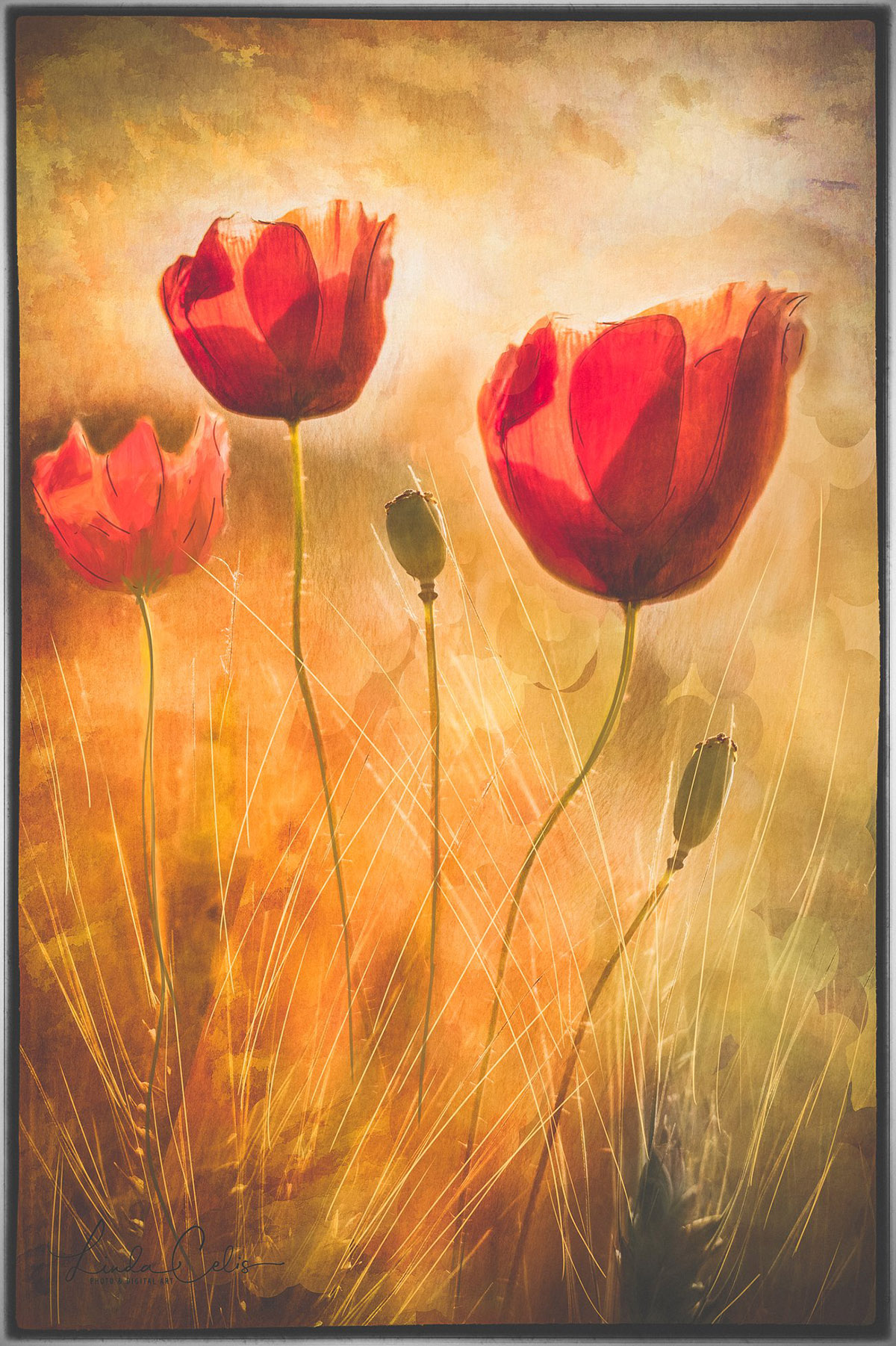
But any photo artist worth his salt knows full well that the REAL magic will happen later. In the cauldron. When any notion of “should” or “should not” simply makes no sense. When all that matters is creating something new and incredible.
If you wish to live a more invigorating artistic life, I encourage you to manipulate the “rules” and take more chances when you have a camera in your hands.
Don’t worry much about how any of it “should” be done . . . Instead, make it your ambition to explore the imaginative world beyond what everyone else sees — both through the images you capture and through the artistry and craft you bring to them afterward.
When the cauldron is lit.
When the sparks fly.
— Sebastian

